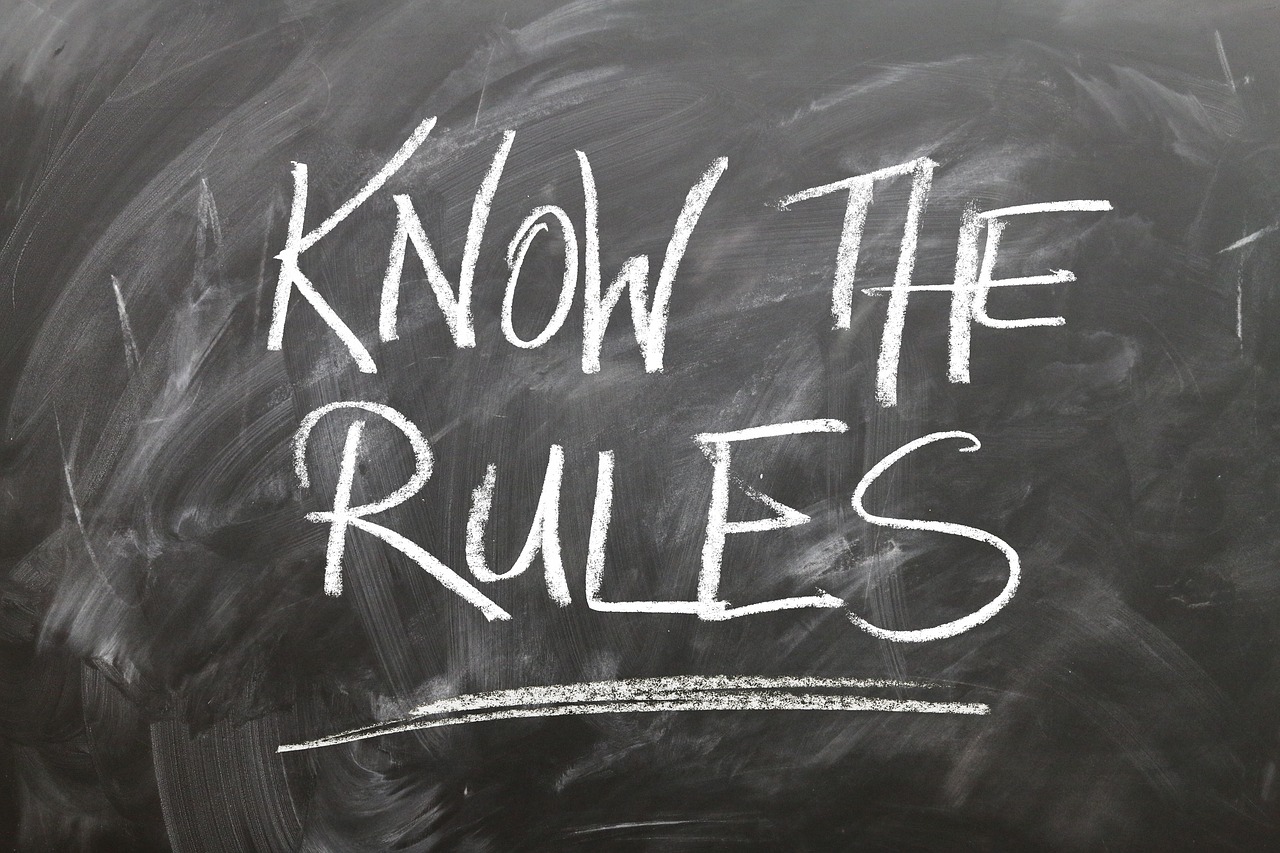February 1, 2019– Things come in waves around here and I think that it’s kind of funny; sometimes all I’ll receive is middle-grade manuscripts, then the next time I’ll receive sci-fi submissions, and lately everyone seems to be sending me their ideas for children’s books. Since I’ve had such an influx of kid’s book submissions, let’s talk about how to better your chances of getting a picture book deal with my house.
There have been a ton of incorrectly submitted kid’s book queries and manuscripts in their entirety sent to me as of late (we’ll talk about queries in another post) so I thought that I’d be very specific on what to submit.
- Time– Know that if you do get a deal signed with me, your book (any book) will take 2-5 years to hit the shelf. If this is too much time for you to wait then you have bigger problems and this industry will eat you alive. Patience is of the essence and great things take time. We are not in the business of rushing a book, throwing it on the shelf, and hoping for the best. Every single thing is calculated beforehand in terms of a marketing plan, securing the best illustrator for the project, editing the manuscript, obtaining dates for book signings, and cover design. If you’re not in this for the long haul and don’t have a ton of patience, you’re going to be in trouble.
- Word Count– Is your picture book between 250-800 words? My personal preference for this type of book is 600-800 words. I prefer this length because it gives us time to get the story across and create a compelling character without leaving any loose ends.
- Character– Is your story character driven? Is your character relatable? Does the character participate in a universal childhood experience? If your story is none of these or only one of these, it’s back to the drawing board for you. Don’t bother submitting because you aren’t ready and you don’t understand your market.
- POV- Which point of view is your story told from? There’s
only one that matters and it’s the child’s point of view. Don’t make mom or dad the main character. Kids see the world from their perspective and not ours. This means that if they’re in a grocery storefor example, they probably won’t be able to reach a box of cereal from the top shelf. Or maybe it’s a mass of people in the store and the child comes to eye level with everyone’s butts. You get the point (of view). - Fresh-Is your story something new, fresh, and from a different angle? Let’s use the universal childhood experience again; picky eater books all read the same except for the very good ones. Dragons Love Tacos is a perfect example of a good one because it deals with foods that kids hate, but it puts a fresh and fun spin on it. Sure, making tacos for dragons may not be a universal childhood experience, but not liking certain foods is! Another awesome example of a fresh, different angle kid’s book is The Day the Crayons Quit. Talk about genius!
- Kids-And perhaps the most important question of all is, will your book appeal to kids? They are the target audience and if they don’t like it, you can believe that their parents won’t buy it for them. If you’re not writing with kids in mind, then you shouldn’t be writing for kids in the first place.
There you have it! Before sending in your work, know the rules above and I promise that you’ll better your chances of working with us. X LLB




